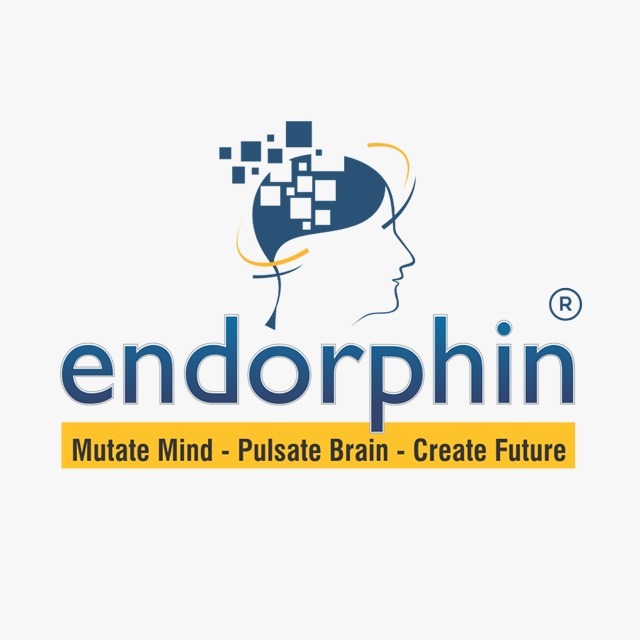Music Therapy
Objectives:
Studies have shown that music produces activity changes in brain structures (amygdala, hypothalamus, insular and orbitofrontal cortex) known to modulate heart function.
How Does Music Therapy Work?
It is said that this world is running smoothly because its forces move in symphony! These rhythms seem to be running everywhere – in cycles of day and night, in movements of the planets, in yearly seasons, and in humans in the form of biological rhythms. This is the music of the god. Hence, man created various forms of music and enjoyed the same joy. Once the ancient man understood that he can also create music in many ways, use of music recreation began. It was later discovered that various purposes like physical healing and mental betterment can also be achieved through music.
Music therapy uses music to address a number of emotional, cognitive, and social issues in people of all ages. It is often used with people who have disabilities or illness, but the healing benefits of music can be enjoyed by anyone and at any age. The process of making and listening to music can provide a channel for communication and expression that may go beyond what is easily expressed in words.
Program Details:
- Assessment :
- Guided Theory Acquisition :
- Certificate Distribution :
- Next Certification Commencement :
- Assignment Completion :
- Practical Implementation :

Benefits of Endorphin Courses/Certifications/Training:
- Practical approach for implementation of the subject matter
- Hand-holding available for longer time
- Repeat full training as many times as required
- University Certification available - enquire about the certification of the program chosen by you with the program manager
- Special highlight for Endorphin certified candidates on the platform
- Inputs for establishing your practice
- Guidance on finding worthwhile employment
- Displaying your profile on our website on “Certified Professionals” page
- Unique verification system with certificate number on website
- Support for authentication of your skills acquired with endorphin through mails/ calls
- Easy maintenance of certification
- Online exam at convenient time
- Internship opportunities
Why to Learn Neuro Linguistic Programming?
During world war 1 and world war 2, there was a surge in the use of Music Therapy to treat soldiers’ Post Traumatic Stress Disorders (PTSD). The concept of "musical organ-tropism" was eventually born and developed, because according to the type of music, one may affect the cardiovascular, respiratory, and neuroendocrine systems.
Studies have shown that music produces activity changes in brain structures (amygdala, hypothalamus, insular and orbitofrontal cortex) known to modulate heart function. It can powerfully evoke and modulate moods, emotions and somatic responses. Along with exciting music changes in heart activity, blood pressure, and breathing, heart and respiratory rates are experienced. Indian music has the arrangement of notes in a particular order. It is called the raga. It depends upon melodic movement - the occurrence of tones or musical notes to create a single line of tune, rather than upon harmony, which uses several lines of melody in pleasing contrast with each other, as is common in Western music.
The notes are sadaja, rishaba, gandhara, madhyama, panchama, dhaibata and nishada, while the moods are sringar (love), hasya (laughter), karuna (compassion), vira (heroism), raudra (wrath), bhayanaka (fear), bibhatsa (disgust) and adbhuta (wonder). Different notes are used to evoke different emotions. Thus madhyama and panchama are used to create a feeling of love or laughter. Gandhara and nishada are evocative of compassion, while fear and disgust are conveyed by the use of dhaibata. As for sadaja and rishaba, they are commonly used to create a mood of anger, courage or wonder.
Notes
- Khamaj
- Dharbari
- Aarabhi
- Yaman
- Sarang
- Lalit
- Desh
Emotions
- Flirtatiousness
- Grandness
- Energy
- Sundown
- Romantic
- Serenity
- Patriotism
Different parts of the brain operate to produce musical aptitude, a musical syntax, musical semantics and the language of music. Amygdala and cingulate gyrus are responsible for the emotional reaction to music. Music which produces pleasure activates the frontal cortex, while the temporal lobe is active when listening to unpleasant music. Also, sadness in music is sometimes a source of exquisite pleasure as well as pain, unlike most other arts where sadness is unpleasant.
Music has the ability to improve self-esteem, alter pain perception, improve memory and cognition, reduce blood pressure and anxiety, increase orientation and provide a safe and non-judgmental environment for self-expression and communication. Music relaxes the muscles, reduces systolic blood pressure, heart rate and even brings down the oxygen saturation, when it is slow, soft, and not accompanied by words. Cognitive reactions to music strengthen the firing of certain neurons, which may also be used to perform a related task. Thus music helps enhance learning in certain areas, such as verbal learning and abstract conceptualization. These effects of music are brought about by many areas of the brain. Dopamine, endorphins, and nitrous oxide are all thought to be involved in the pleasurable sensation of listening to pleasant music. Both emotional and physical effects, such as skin vasodilatation, and a drop in blood pressure, may be observed.
Raga-based, music produces changes in the body which relieve anxiety, effect relaxation and bring about sleep. It also, however, brings about gentle stimulation, and increases the attention span. It is different from Western music therapy in its focus on deep religious feelings. Many studies suggest the positive impact of music therapy on depression scores, schizophrenia, dementia, autism, insomnia and substance abuse, as well as disorders of speech, and coordination, and in relief of terminal cancer pain.
Highlights of the Program
- Weekend Batches
- Time-tested and scientifically-backed strategies
- Practical experience of application in demo sessions
- Lot of practises through assignments and interactions
- Become a certified practitioner
